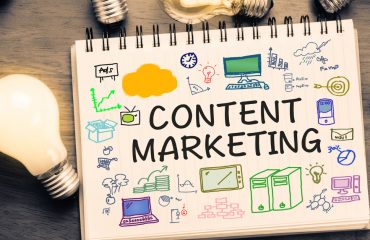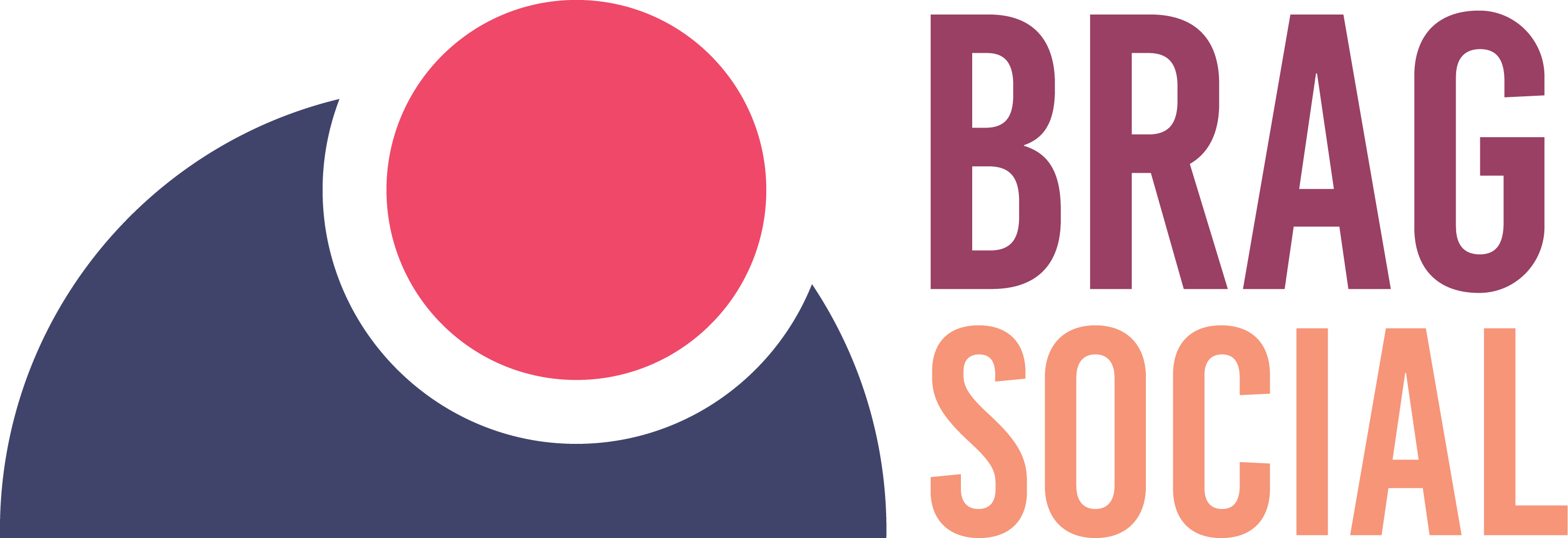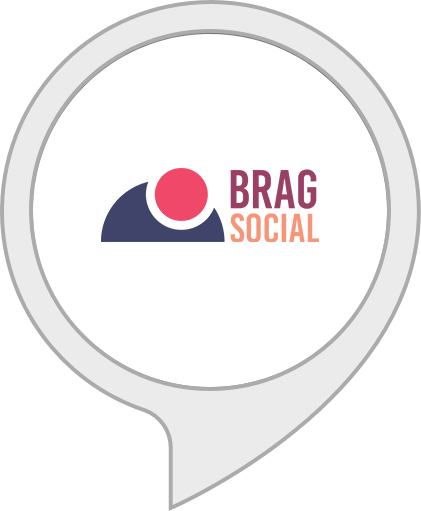
Over the past two years, the economic situation has changed dramatically as a result of the Covid-19 epidemic. As the global economy prepares – hopefully – a post-epidemic future by 2022, businesses need to adapt to changing circumstances to survive and prosper. As a marketer at any level of experience, adapting to these changes is not always easy. But, to be successful in the fast-paced world of marketing and maintain a sense of belonging to your audience, it is important to stay ahead of them. While no one can predict the future with 100% certainty. These small business owners seem to have a very good idea of what lies ahead in 2022.
Surround audio data
Marketing is as much an art as it is a science and digital can only be proven evidence. When it comes to your organization’s digital strategy, marketing needs to lead the way. Getting data and details from all digital touchpoints will give you the best results everywhere. If you have a deep understanding of your customers, you can build and make sense of what they want, and what they expect today. The best way to collect customer data? Listen to them. The words of your customers come in many forms and listening is very important in 2020 and in the years to come. Their needs and habits can change quickly and it is important to be able to respond in real-time. The data will not be complete, but it needs consistent measurement.
Blockchain entrepreneurs with deep coding and development technologies
According to Market Watch, the global blockchain market size is expected to grow from $411.5 billion in 2017 to $7.6 billion by 2022. This growth rate represents about 80 percent growth! Although cryptocurrencies such as Bitcoin and Ethereum are well-known for their use of blockchain technology, the blockchain field continues to grow. Many businesses are looking for blockchain engineers and independent blockchain professionals. That is because they explore the use of technology in their operations. Do not let the volatile nature of cryptocurrency scare you – there is still plenty of potential (very useful) blockchain features like a good app platform.
Getting rid of bad customers
Organizations often accept customers who do not fit well in the sales line and try to keep them regardless of how much those customers cost in the organization. It takes time and money to satisfy the most unequal customers: for example, to customize what is offered or to design solutions that will go with it. As leaders become more aware of those costs, they will be more comfortable in letting go of unproductive customers, given the pressure on product and long-term profit – not to mention the emotional trauma of employees.
New types of funding
How companies can generate revenue is also changing. New platforms and ways to connect businesses with investors and donors have emerged. Like, think of crowdfunding, initial donations (ICOs), tokens, and specialized acquisition companies (SPACs). Financial movements drive many of these new approaches, where financial services such as borrowing and trading take place in a peer-to-peer network, through a social blockchain network.
Cooperation and integration
We live in a time when you can achieve almost anything through job creation. The world of the business world has never been this way. And it is a good job because of the need to work together to solve important business challenges. Indeed, in the future, it will be much harder to succeed without a truly close relationship with other organizations. In essence, this means greater integration of supply chains, more data integration and data sharing between organizations. Also, collaboration between competitors.
Know where you are going!
That evolution was not always a seamless process or an unprofitable process. Businesses had to struggle to adapt or adapt to new technologies under tremendous pressure. The result has been that some systems are faulty. Therefore, the challenge of the near future, from addressing this problem to building and installing facilities is well done so far. In consumer industries, and especially in retail, that could mean developing digital business models and omnichannel. With health care, it is about establishing visible options as usual. With insurance, it is about personalizing the client’s self-esteem. We believe that, somehow, that normally would be better. With good leadership, from both business and government, we have described many changes. The changes are productivity, green growth, medical innovation, and resilience — which can provide a lasting and lasting foundation.






